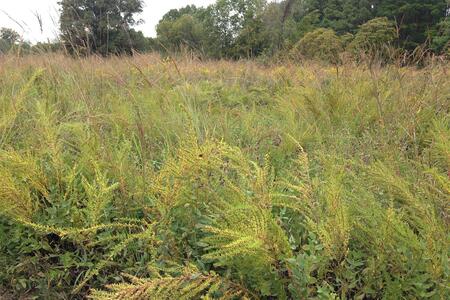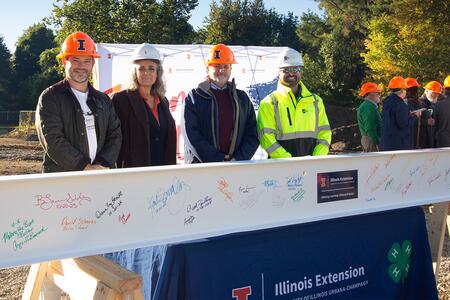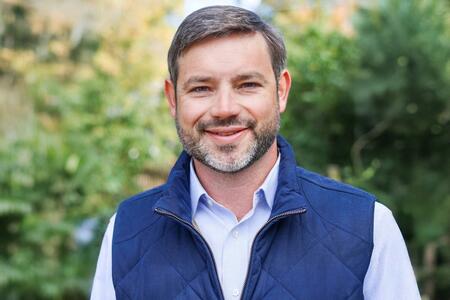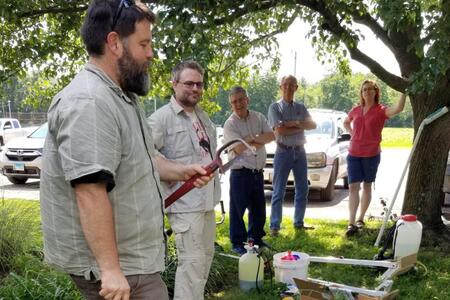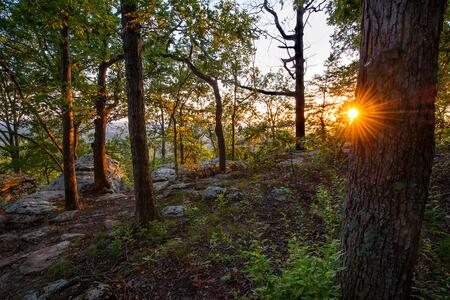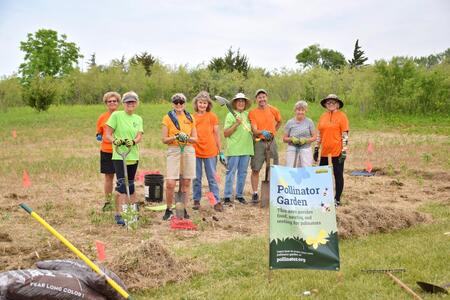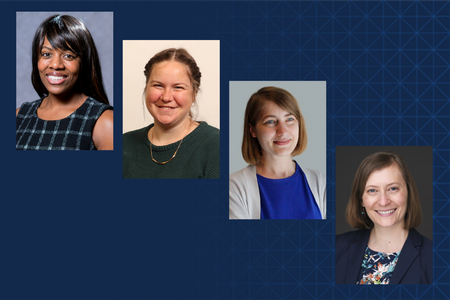Body
Across Illinois and the Midwest, a variety of organizations work together to prevent and remove invasive species.
- Illinois Invasive Species Symposium, annually in May: Get the latest research updates, learn about management recommendations, celebrate invasive removal success stories, network with colleagues, and ask questions about managing invasive species effectively.
- Illinois Invasive Species Council: Established in 2005, the IISC's mission is to minimize the economic and ecological impacts from invasive species. The Council provides information and recommendations to the Illinois Department of Natural Resources, non-governmental organizations, businesses, and the public.
- Cooperative Weed Management Areas: These partnership organizations are formed with the goal of managing invasive plants across jurisdictional and landownership boundaries.
- Headwaters Invasive Plant Partnership: HIPP is a cooperative weed management area in East Central Illinois to address terrestrial and aquatic invasive plants. Formally established in June 2015, HIPP is built upon the efforts of a six-year Invasive Plant Task Force established by the East Central Illinois Master Naturalists.
- River to River CWMA: This area is a partnership between 13 federal and state agencies, organizations, and universities aimed at coordinating efforts and programs for addressing the threat of invasive plants in Southern Illinois.
- Midwest Invasive Plant Network: The MIPN works to reduce the impact of invasive plant species in the Midwest by drawing on the knowledge, experience, and enthusiasm of a diverse group of participants and partners.
- Illinois Forestry Association
- USDA Animal Plant and Health Inspection Service
University of Illinois Resources and Programs
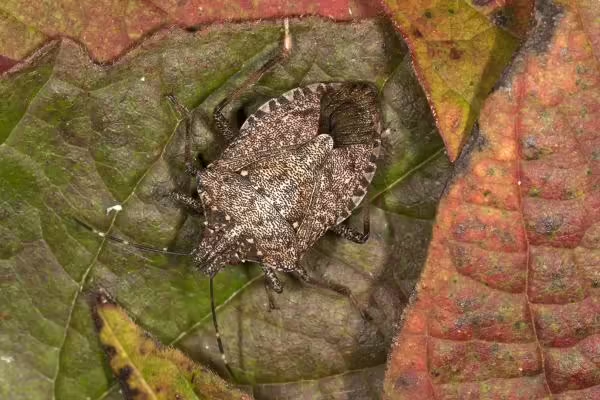
Illinois Cooperative Pest Survey Program
The Illinois Cooperative Agricultural Pest Survey program is a joint effort between several state and federal agencies, including the Illinois Natural History Survey, Illinois Department of Agriculture, and USDA-APHIS-PPQ.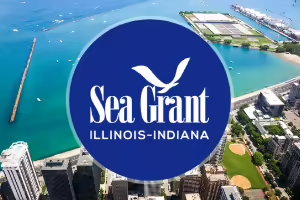
Illinois-Indiana Sea Grant
IISG brings together scientists, educators, policy makers, community decision makers, outreach specialists, business leaders, and the general public to work towards a healthy environment and economy.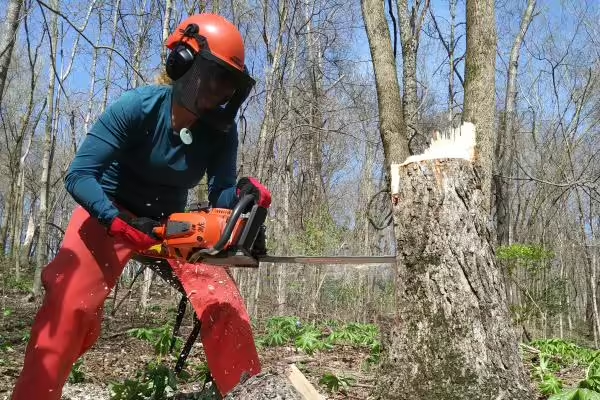
Forestry
The Extension Forestry program provides forestry and natural resources education, technical assistance, programming, and awareness to an estimated 132,000 private forest landowners who own 82% of Illinois forests.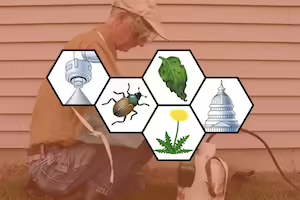
Pesticide Safety Education Program
Pesticide safety training is critical for all who work with pesticides, and none more so than certified Applicators and Operators. The Pesticide Safety Education Program, PSEP, team is here to help you meet your training and certification goals.Guides You can Trust
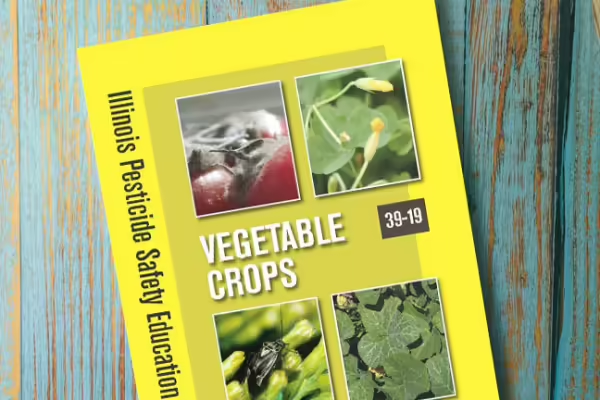
Publication Library
Explore our catalog of guides covering agriculture, gardening, environment, pesticide safety, and more.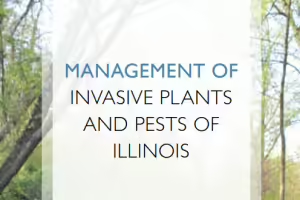
Management of Invasive Plants and Pests
Download a free copy of this comprehensive guide to managing invasive plants and pests of Illinois. Invasive species cause damage by changing the habitat for wildlife and native plants or by negatively impacting forest or agricultural resources.
Invasive Blogs
Check out the complete list of blogs about a variety of invasive species updates from Extension experts around the state.
Home, Yard & Garden Newsletter
This newsletter is keeps professional landscapers, arborists, golf course superintendents, lawn care personnel, and garden center operators up-to-date on the commercial management of diseases, weeds, insects, and other pests.Identify invasives and report sightings
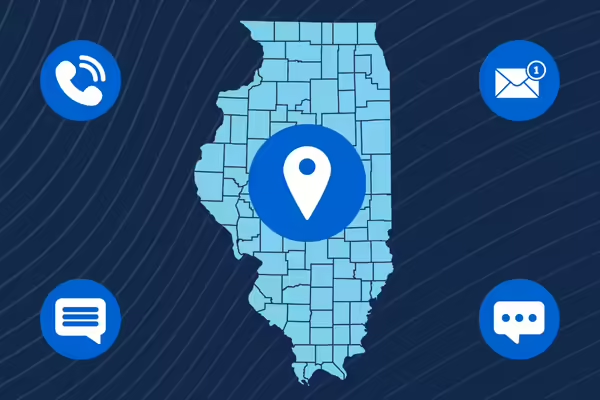
Connect with Local Extension Staff
Extension experts can help you identify species and make a plan of action for controlling them. We have offices in every county available to help.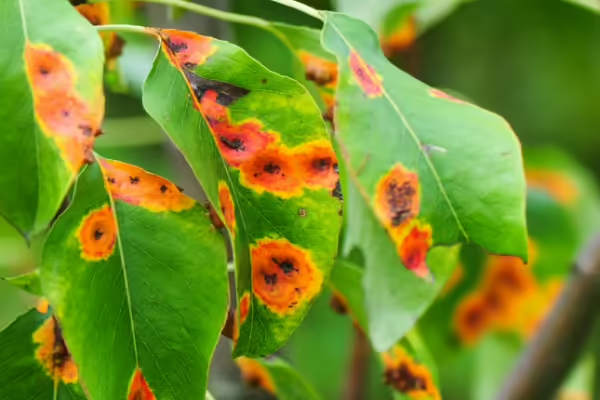
Plant Identification
Plant disease and injury can be costly. The Plant Clinic plant and insect identification so you know what you're dealing with.
Help On a Larger Scale
Report new or unique invasive species sightings using EDDMapS, an online mapping system for documenting invasive species and pest distribution.News
Local News Releases
